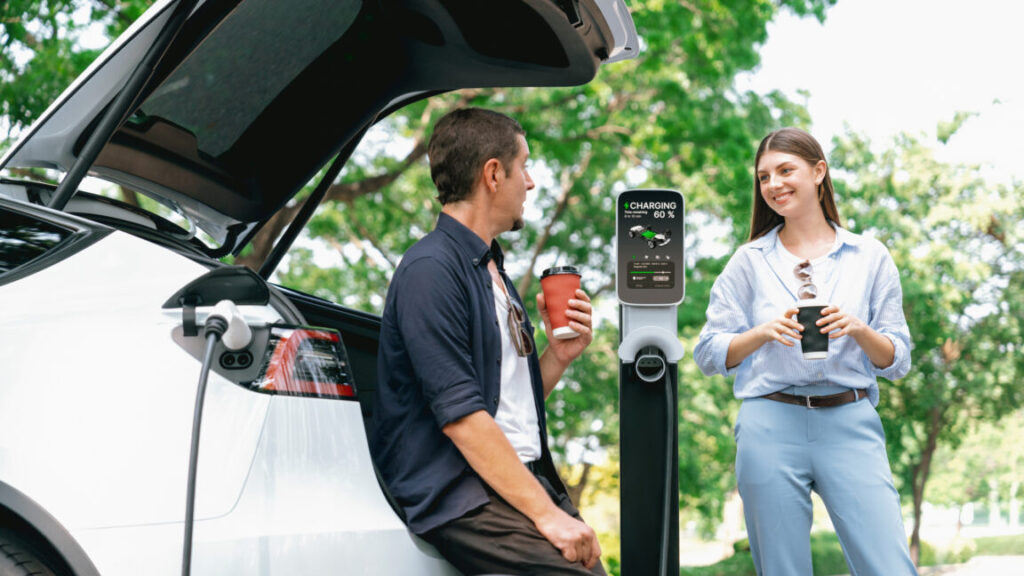
Charging networks can and likely will continue to offer incentives for brand loyalty, whether through apps or rewards points. But new EV owners will not have to do quite so much work to figure out “the good ones” while on road trips.
By getting cars linked up to key-based authentication systems, there is also the chance that this initiative will also push forward vehicle-to-grid (V2G) charging, in which the huge batteries in cars can be used to balance regional power loads and make the grid more resilient.
“We are rapidly approaching a future where every EV driver can just plug in, charge up, and go; the network will talk to your car and process the payment seamlessly,” Gabe Klein, executive director of the Joint Office of Energy and Transporation, said in a statement. “This is a fundamental step in architecture toward enabling bidirectional charging and true vehicle-to-grid integration, the holy grail for energy and transportation.” The Joint Office is a collaboration between the Departments of Energy and Transportation.
The EV Hummer-sized elephant in the room is how the incoming Trump administration, with its stated opposition to the Biden administration’s EV policies, could affect this initiative. Klein told The Verge that, with buy-in and real work done by automakers and the industry—including the Elon Musk-led Tesla—”the ship has sort of sailed, if you will.”